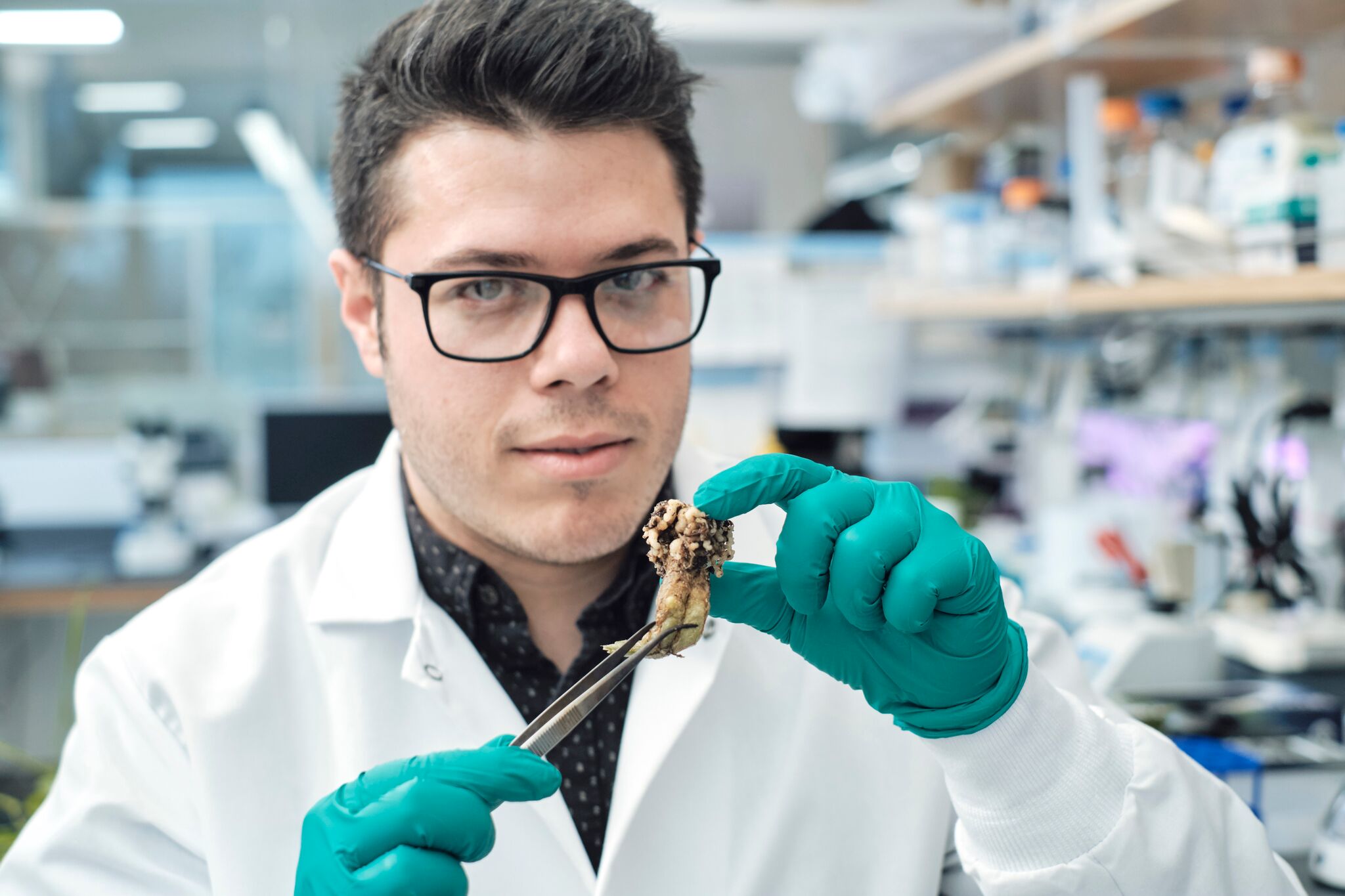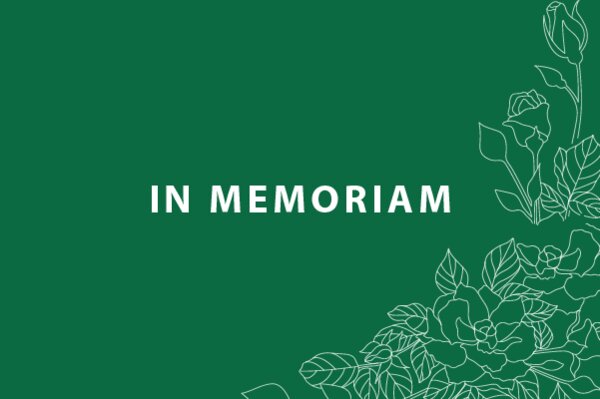
Untangling clubroot disease
Research may lead to developing plant varieties more resistant to a devastating crop parasite
By Federica Giannelli
University of Saskatchewan researchers have designed a chain of software programs that combine biology and computer science to help identify the pathogen proteins that contribute to the insurgence of clubroot disease now affecting canola across the Prairies.
This research may lead to developing plant varieties more resistant to this devastating parasite, which causes root galls or knots that prevent plants from taking up nutrients from the soil. Clubroot can result in up to 50-per-cent yield loss and billion-dollar losses worldwide.
The disease had initially only affected cabbage, broccoli and turnips, but since the early 2000s, it was also identified in canola fields in Alberta and Manitoba. Since 2017, clubroot has been found in more than 35 Saskatchewan fields.
“Current management strategies such as crop rotation and liming, which makes the soil inhospitable for the parasite, produce limited results and treat only the symptoms,” said USask biology post-doctoral fellow Dr. Edel Pérez-López (PhD).
The clubroot parasite may remain dormant in soil for up to 20 years. While most studies focus on improving management strategies, USask researchers want to stop the problem at the root. They are uncovering the clubroot infection pathway by studying it at the molecular level.
“It’s really difficult to study this disease at the molecular level because the parasite cannot be cultured in the lab. It needs a host plant in order to survive, so our tool makes it easier and faster for researchers to study the genetics of the clubroot parasite,” said Pérez-López, originally from Cuba.
The chain of software programs was developed by USask computer science students Brett Trost and Matthew Waldner and their supervisor Dr. Anthony Kusalik (PhD) in collaboration with the other members of the USask clubroot research team. This work has helped Pérez-López identify for the first time 32 “effector” proteins in the clubroot genome that trigger the “infection instructions” provided by genes.
The USask researchers are now looking into how the 32 proteins are involved in the infection process, and how to best use them to combat clubroot disease progression in infected plants.
“This research enables us to target these proteins and their interacting plant proteins with molecular tools that decrease clubroot symptoms, so that even though a plant is infected, the effect on the health of the plant will be minimized,” said USask biology professor Dr. Peta Bonham-Smith (PhD), dean of the College of Arts and Science and Pérez-López’s supervisor, along with biology professors Dr. Chris Todd (PhD) and Dr. Yangdou Wei (PhD).
By comparing these proteins to similar proteins whose functions are well-known in other types of plant infections, the researchers have found that clubroot effector proteins are likely to be divided into two groups. One group seems to hinder the canola immune system so that the infection bypasses the plant’s defence, and the other group likely helps the growth of root galls.
Pérez-López presented the team’s research, funded by the Government of Saskatchewan and SaskCanola, at a major national conference.
Pérez-López said it was the excellence of the USask College of Agriculture that first attracted him to Canada. In 2016, he came as an exchange student from the University of Veracruz (Mexico) to do an internship funded by the Mexican CONACYT (Consejo Nacional de Ciencia y Tecnologia).
“I was thrilled to come back when I got a post-doctoral fellowship in Saskatoon,” he said. “I love working in a research area that can be helpful to the farmers of this province I now call home.”
Federica Giannelli is a graduate student intern in the University of Saskatchewan research profile and impact unit. This content runs through a partnership with The Saskatoon StarPhoenix.


